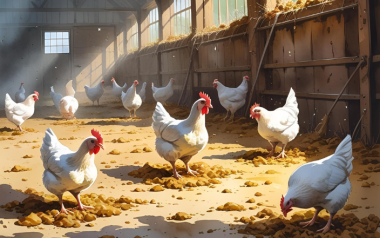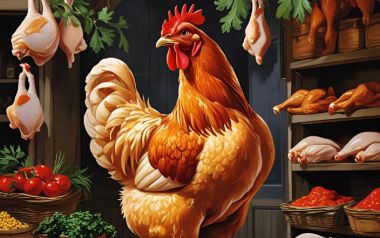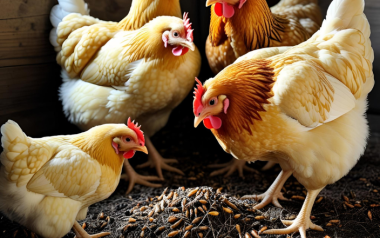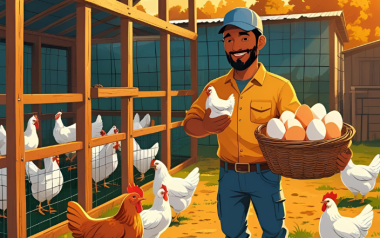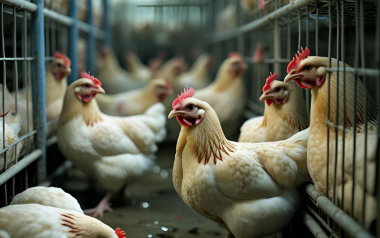Sources: Available upon request
13 Mar 2024
Duck production can be beneficial for Latin America
One of the livestock industries that has been little explored in the Latin market is duck poultry production, a business that can generate good economic returns abroad.
One of the livestock industries that has been little explored in the latin market is duck poultry production, a business that can generate good economic returns abroad. Asian nations are the major contributors to duck meat production and, according to FAO figures, 89% of the total of these birds raised in the world came from Asia.
This protein has a higher muscle fiber content than some parts of the chicken, such as the breast, with a higher fat content, which varies depending on the lineage, most of which are larger in countries such as China, Bangladesh and Indonesia. In Latin America, the creole duck was domesticated, which has the advantage of growing in free-range conditions because of its ability to forage for food and because it does not require much water.
Advantages of duck breeding
- One of the greatest virtues of ducks is their tolerance to avian diseases, which differentiates them from other poultry species such as chickens or quail.
- FAO explained, for example, that rice and duck production can have good synergy, since in extensive grazing they serve as a biological controller by being natural predators of some insects, slugs and snails.
- They can also feed on the grains that fall to the ground at harvest and sifting time.
- Another advantage of combining this agricultural activity with duck breeding has to do with its function as a natural fertilizer, since the manure they leave on rice farms improves productivity.
- They can produce eggs of three to four years, larger than those of the hen, have a high resistance to cold weather conditions, but adapt, depending on the breed, to warm weather.
- After the ducks complete their egg production cycle, their meat can be marketed.
On average, a duck can lay eggs for 15 days before resting for a period of about six months, so it can have production throughout the year. In herds, they are easier to manage and adapt to ecosystems such as wetlands.It should be noted that one of the most productive breeds with the highest fat content in its meat is the Pekin, which is used in most of the world for commercialization.
CONCLUSIONS
- Ducks are rustic animals, have a lower incidence of diseases than other domestic poultry, can easily adapt to simple installations with low investment and can show a satisfactory performance in these conditions.
- Comfort conditions for ducklings should be ensured so that they can start eating and drinking as soon as possible to ensure a good weight at one week of life and low neonatal mortality.
- Proper cleaning of drinkers, feeders and litter is essential in this species, and a poor condition of these facilities can provide ideal conditions for the reproduction of pathogens.
- Ducks have the ability to adjust feed intake according to the energy concentration of the formulation, and have better compensatory growth than other birds.








